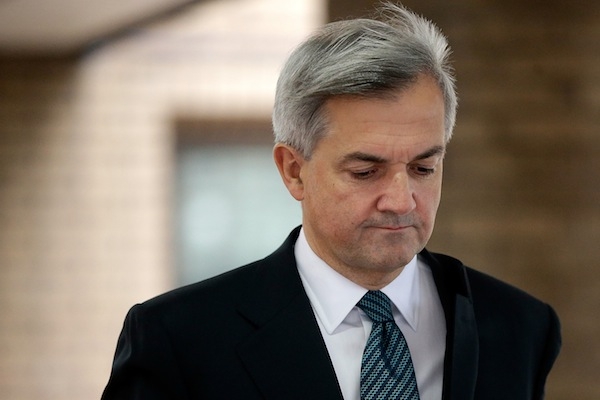After Chris Huhne’s resignation, the by-election campaign in Eastleigh is already well underway. James explains the political significance of this Lib Dem-Tory battle in this week’s Spectator, but here are some quick facts about the state of play in Eastleigh, including the first poll results:
A brief history
Eastleigh constituency started out as a Tory-Labour marginal in 1955. Conservative David Price was its first MP, elected with a majority of just 545. By the time he retired in 1992, it had become a fairly safe Tory seat and Stephen Milligan was elected to replace him with a majority of 17,702. But when Milligan died in 1994, the Liberal Democrat by-election machine swept in to action and David Chidgey was elected with a 9,239-vote majority. The Tories were pushed down to third, behind Labour. Chidgey held the seat until standing down in 2005, when Chris Huhne was elected with a narrow majority of 568 over Tory candidate Conor Burns. Huhne was re-elected in 2010 with 47 per cent of the vote and a 3,864-vote majority over Conservative Maria Hutchings (who is the party’s candidate again this time) on 39 per cent.

Local elections
The Liberal Democrats hold all 36 Eastleigh Borough Council seats in the 15 wards that make up the constituency. Four councillors quit the party in 2010-11, but the Lib Dems have since won back all four seats. They also successfully defended all 20 of their seats that were up for election in 2011 and 2012, as well as taking one off Labour. The Lib Dems won 47 per cent of the vote in Eastleigh Constituency council elections in 2011 and 2012, compared to the Conservatives’ 24 per cent (Labour got 15 per cent and Ukip 9).
In November’s Police and Crime Commissioner Election, the Lib Dem candidate David Goodall got the most votes in Eastleigh Borough, despite only coming fourth in Hampshire overall. He got 27 per cent of the Eastleigh vote to Conservative Michael Mates’ 18 per cent, but it’s worth remembering that Goodall is local to Eastleigh (a borough councillor, indeed) whereas Mates is not.
The polling
Lord Ashcroft wasted no time after Huhne’s guilty plea, conducting a poll of 1,006 Eastleigh residents on Monday and Tuesday. The top-line results show the Tories leading on 34 per cent, three points ahead of the Lib Dems on 31 (but within the poll’s margin of error).

Though that’s a big swing away from the Lib Dems since the general election, it’s actually an improvement on Ashcroft’s previous poll of Eastleigh — in October 2010 — when he found the Tories leading by 12 points.
But looking at the detailed figures, there are reasons to suspect that, even if the Lib Dems do start out behind, they may have greater potential to improve on their current position than the Tories do. The raw voting intention figures (before being adjusted for likelihood-to-vote) actually show the Lib Dems slightly ahead, on 32 per cent to the Tories’ 29. And 9 per cent of those polled said they didn’t know who they’d vote for this time, but voted Lib Dem in 2010. The equivalent number for the Tories is just 5 per cent. The Lib Dems will also be hopeful of swaying some of that 19 per cent who say they’d vote Labour with a ‘the only one way to stop the Tories’ message — especially after Alan Johnson admitted on This Week last night that Labour aren’t going to win.
With just three weeks of campaigning before the polls close on Thursday 28th, it’s a very finely-balanced contest. The bookies currently rate the two party’s chances as pretty much exactly equal. (Indeed, Ladbrokes have both at evens). It is simply going to come down to which campaign does a better job of getting out its supporters, winning over undecideds and squeezing the smaller parties’ votes.






Comments